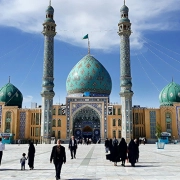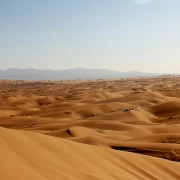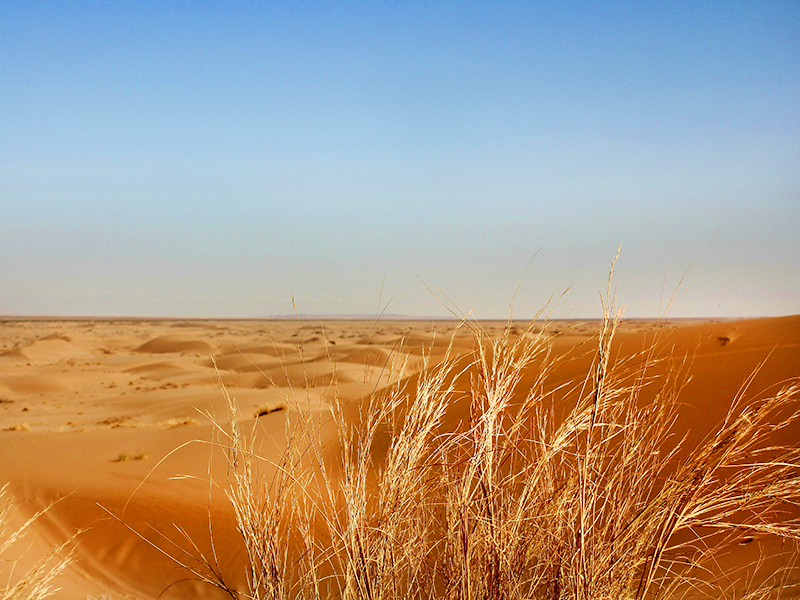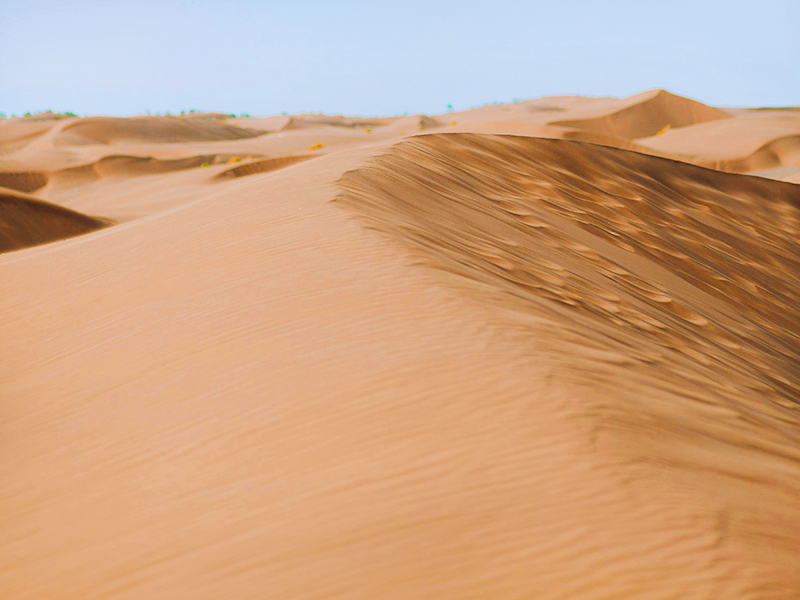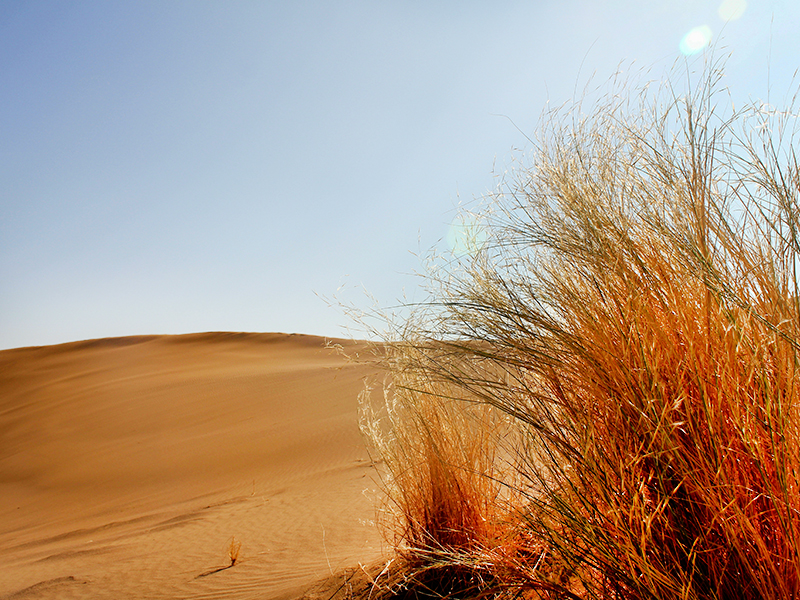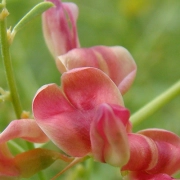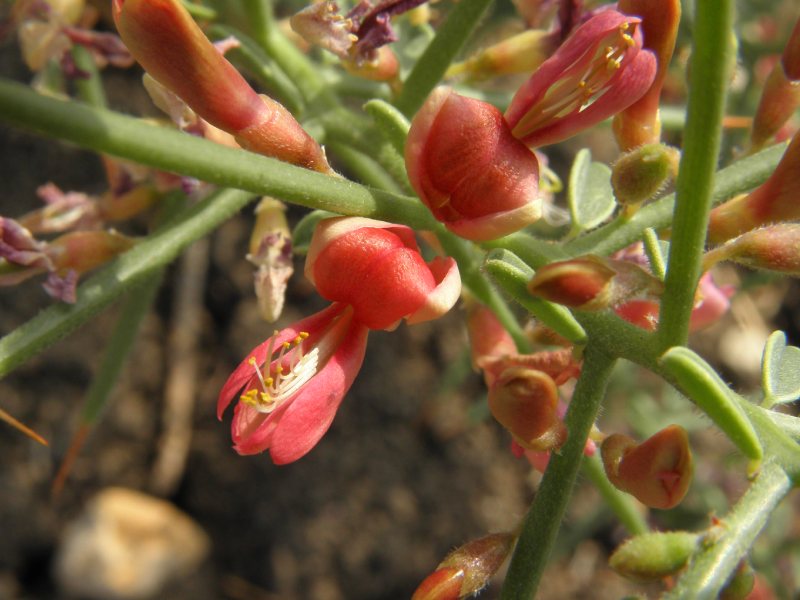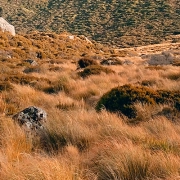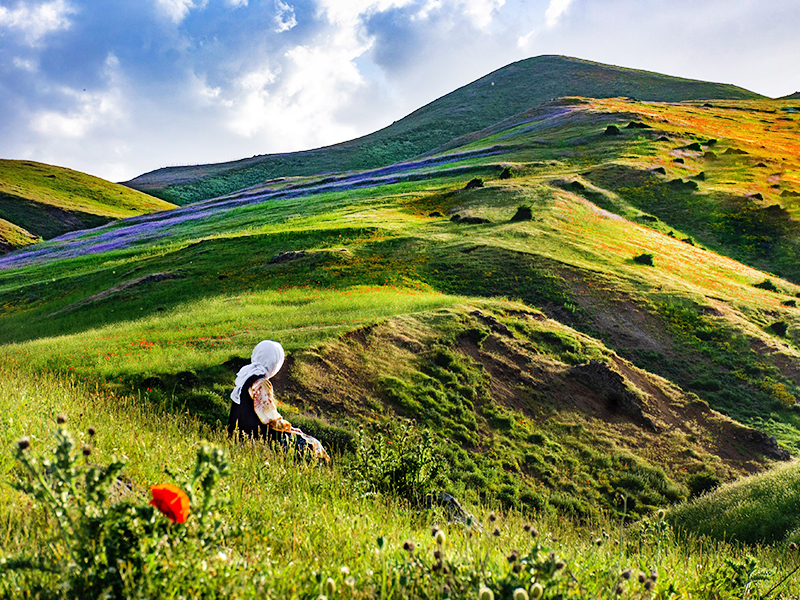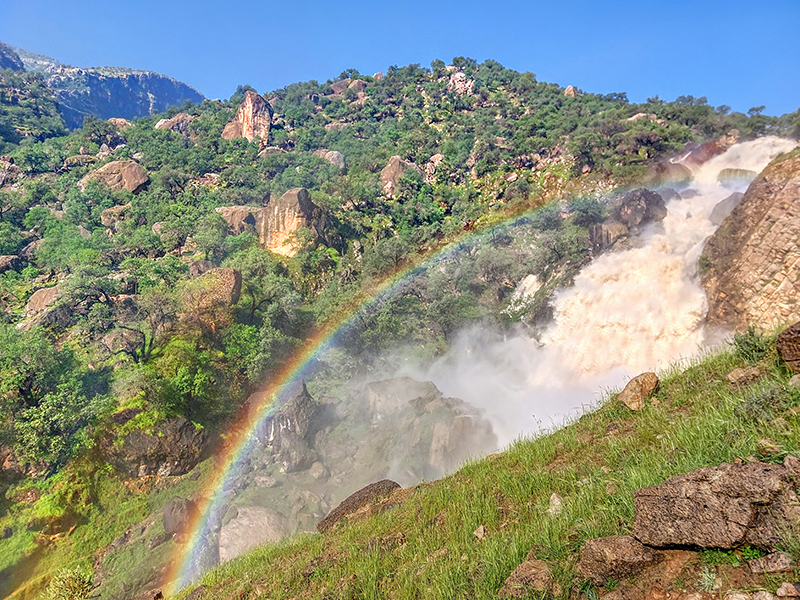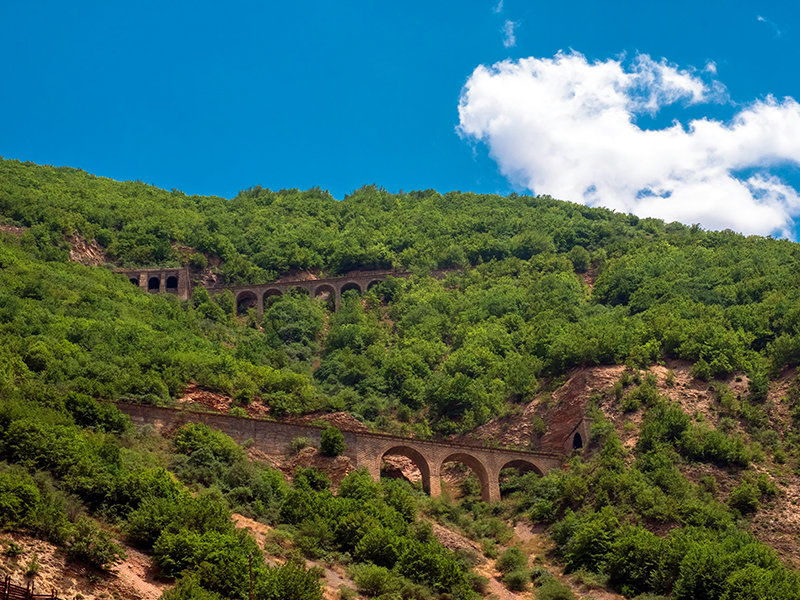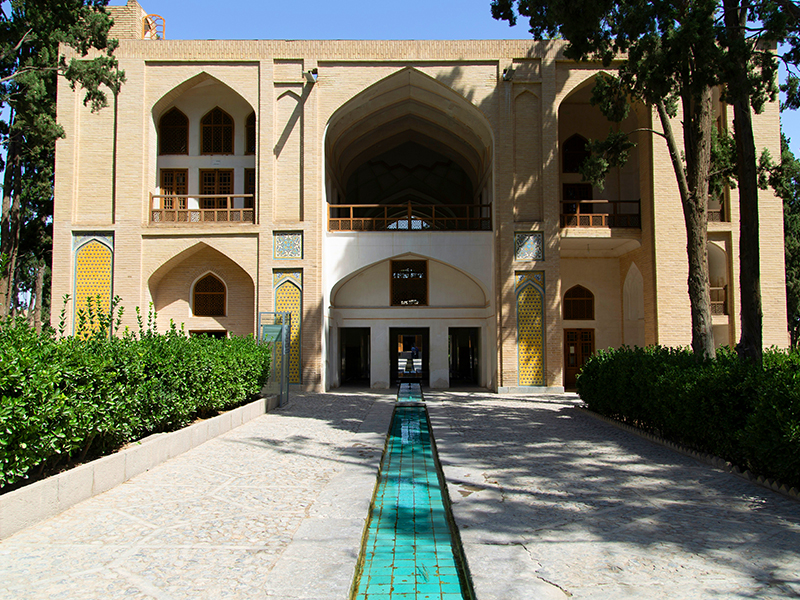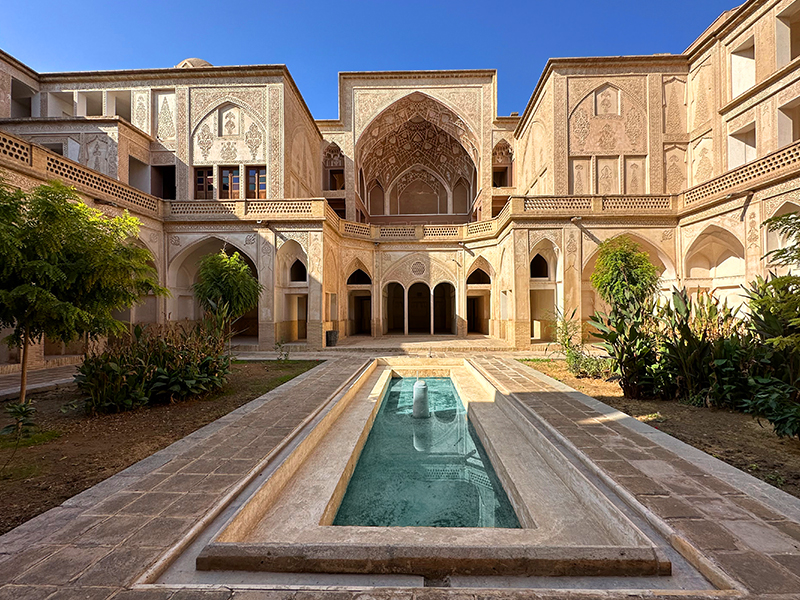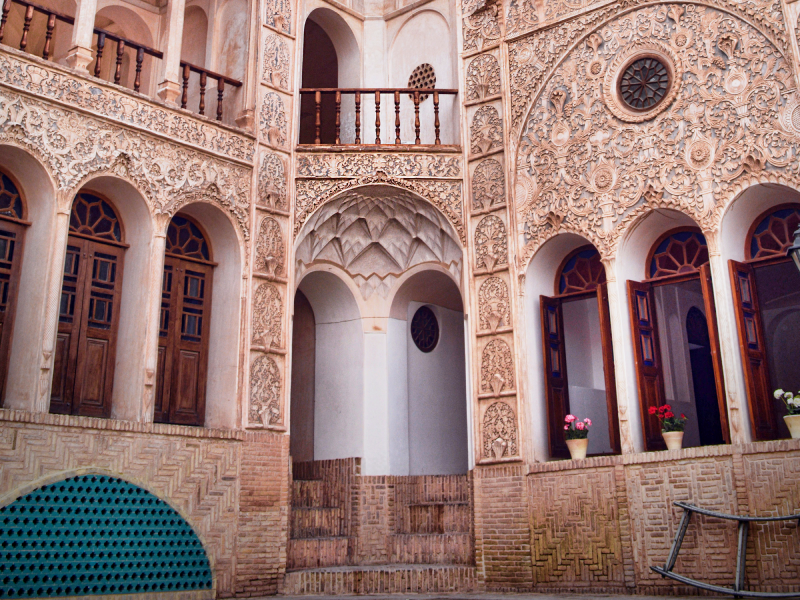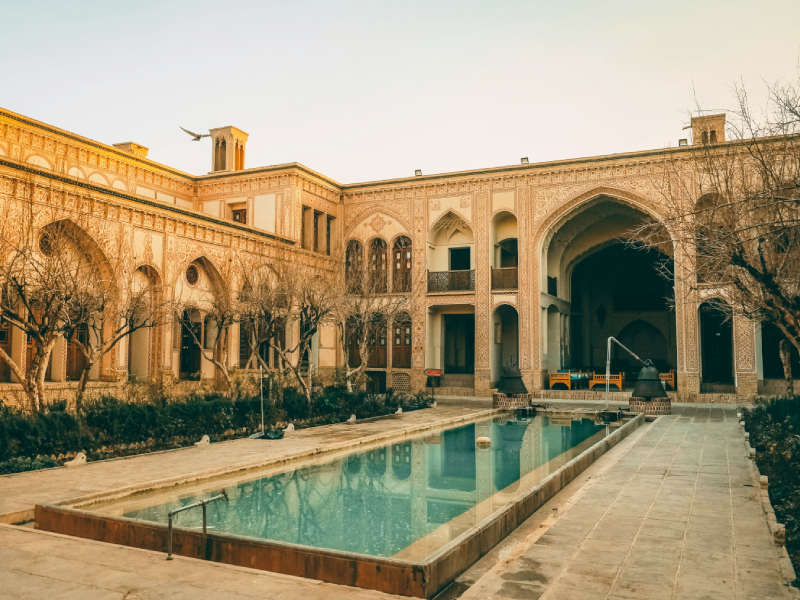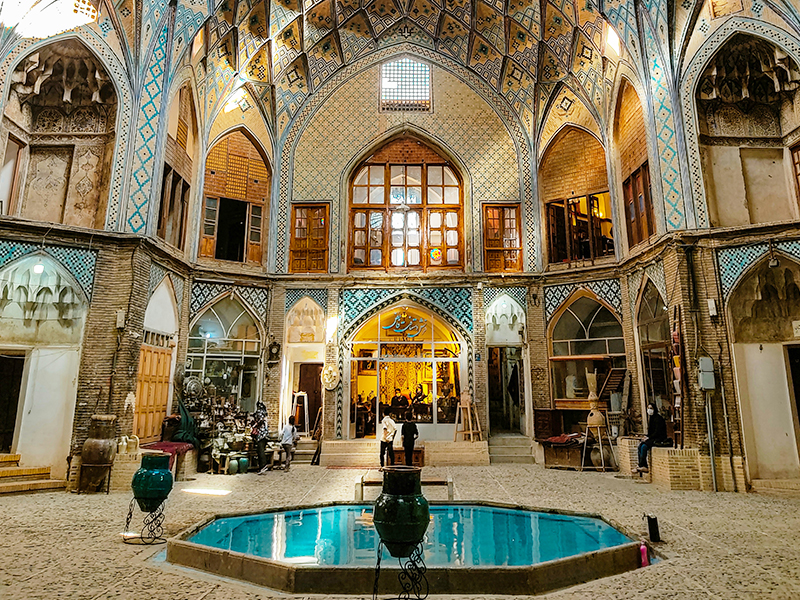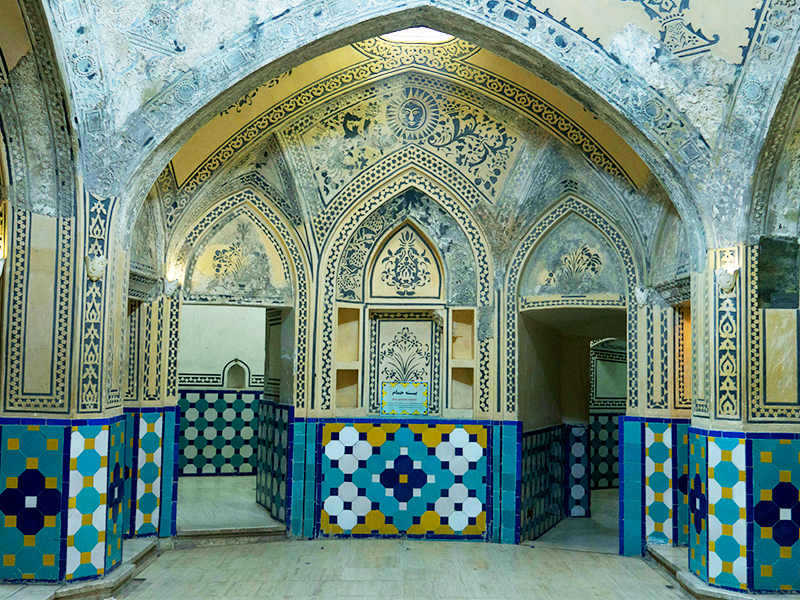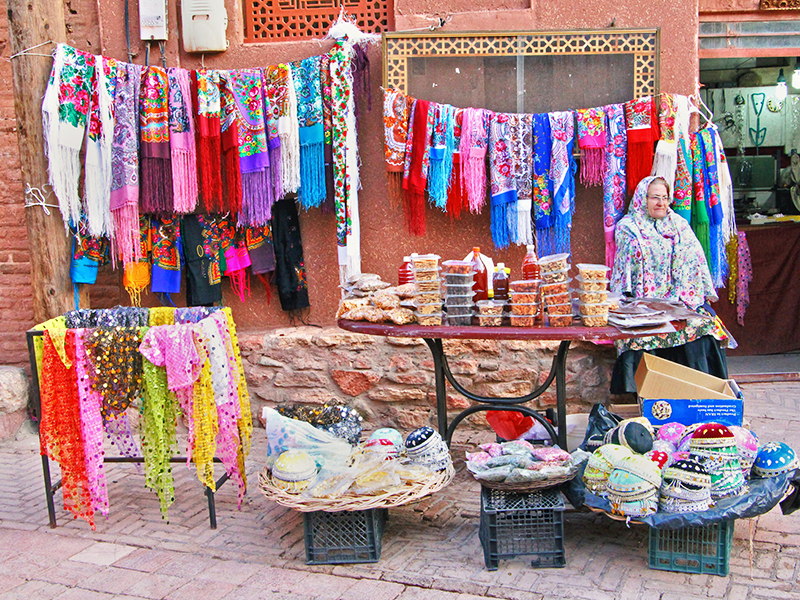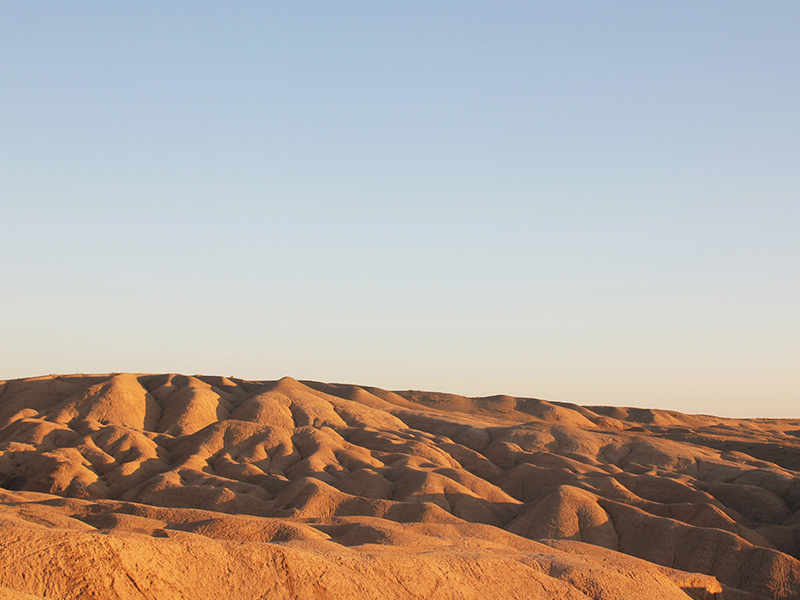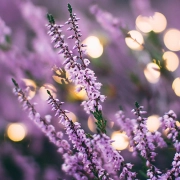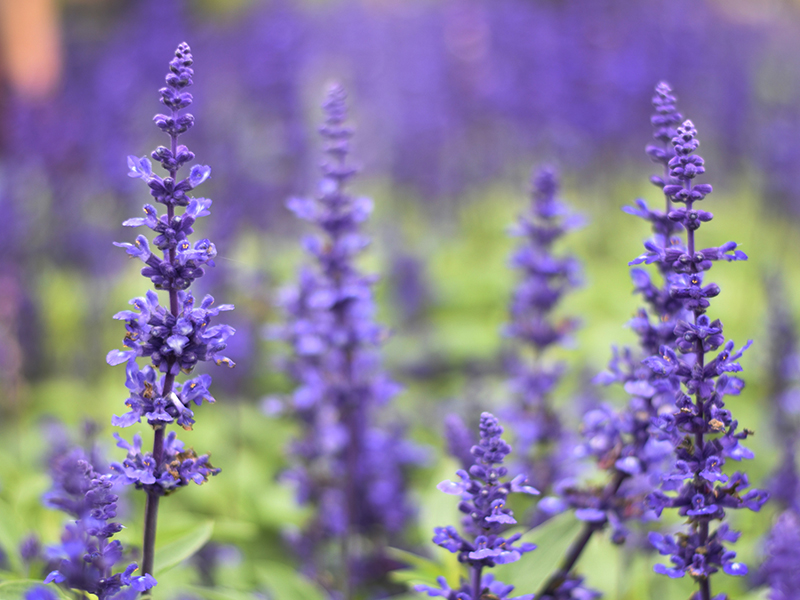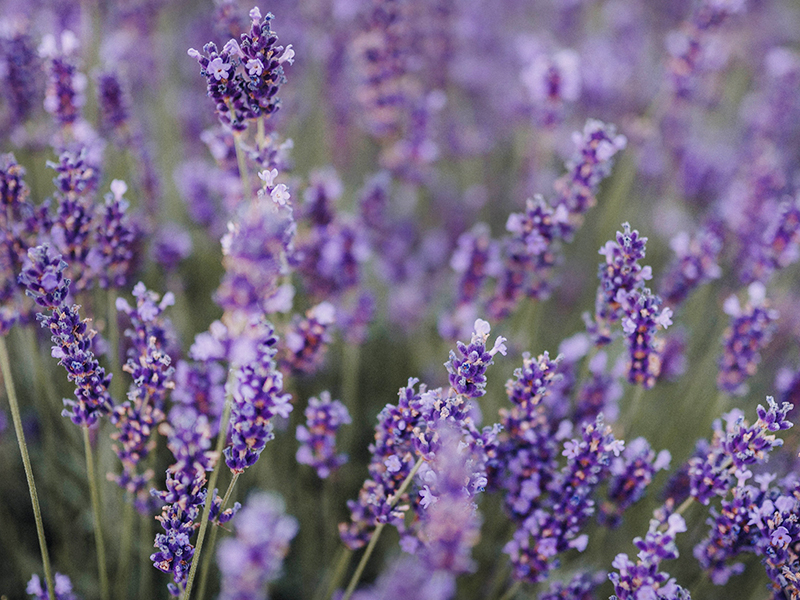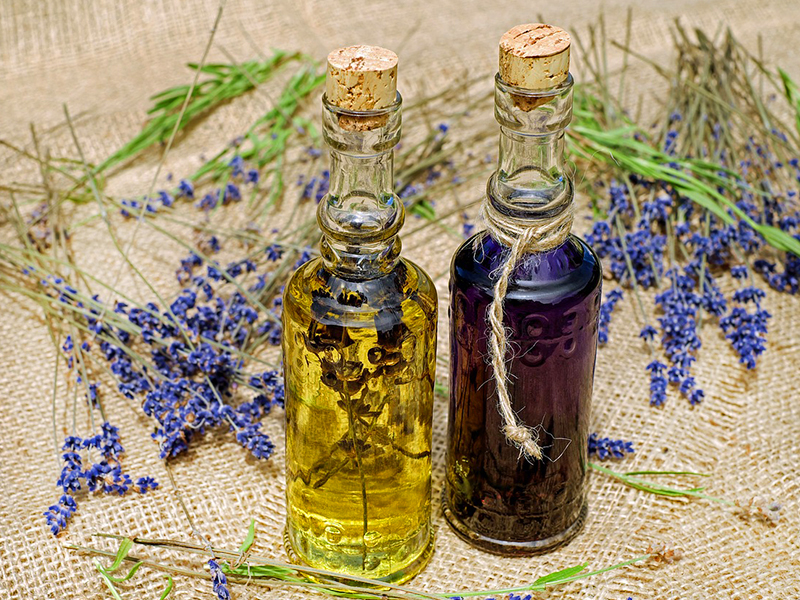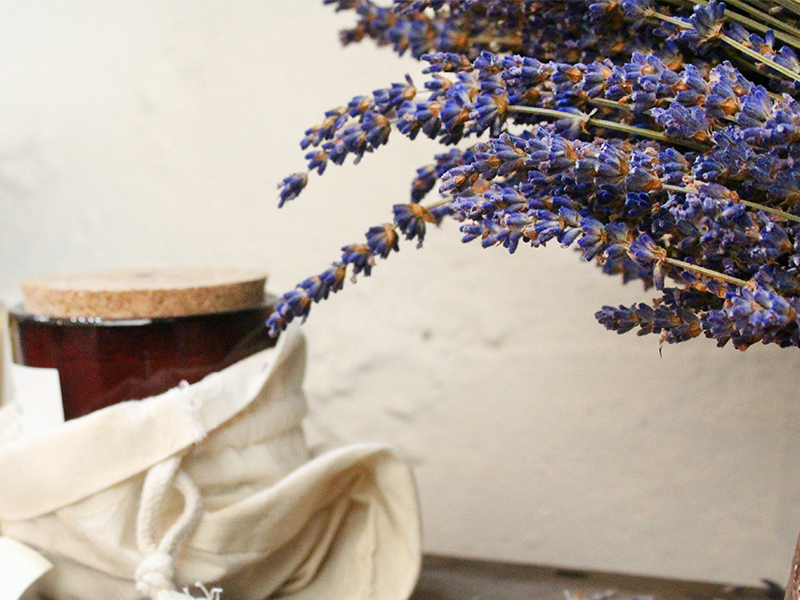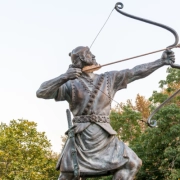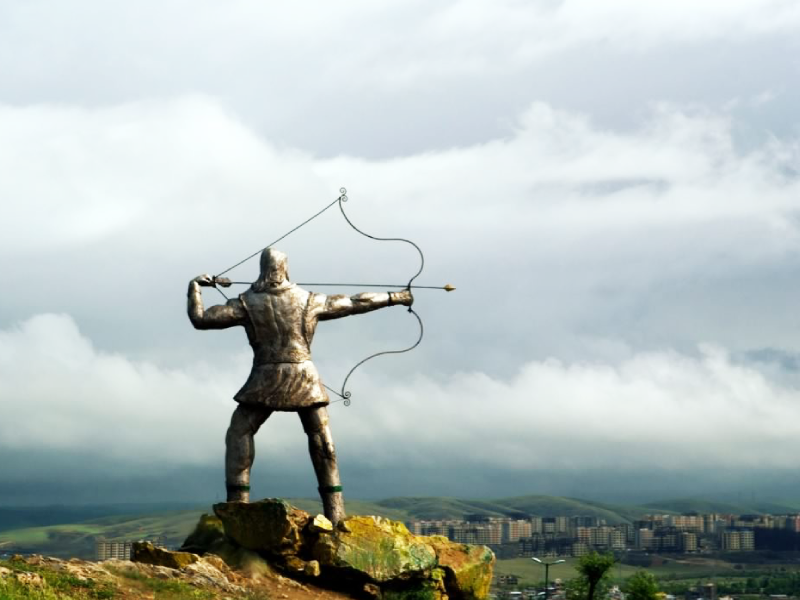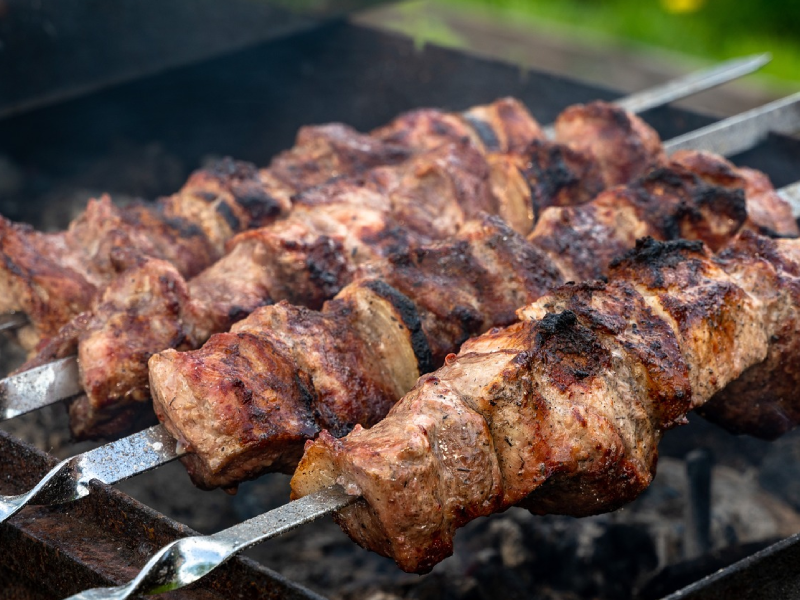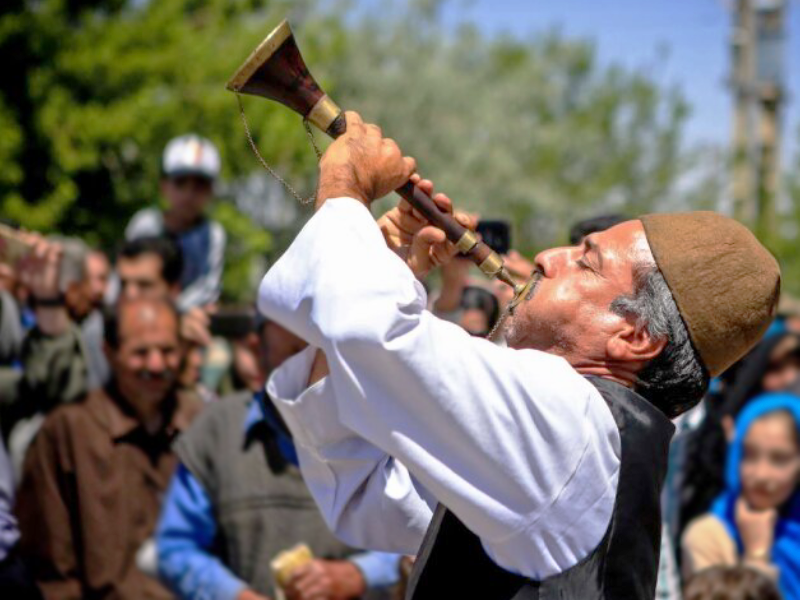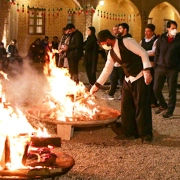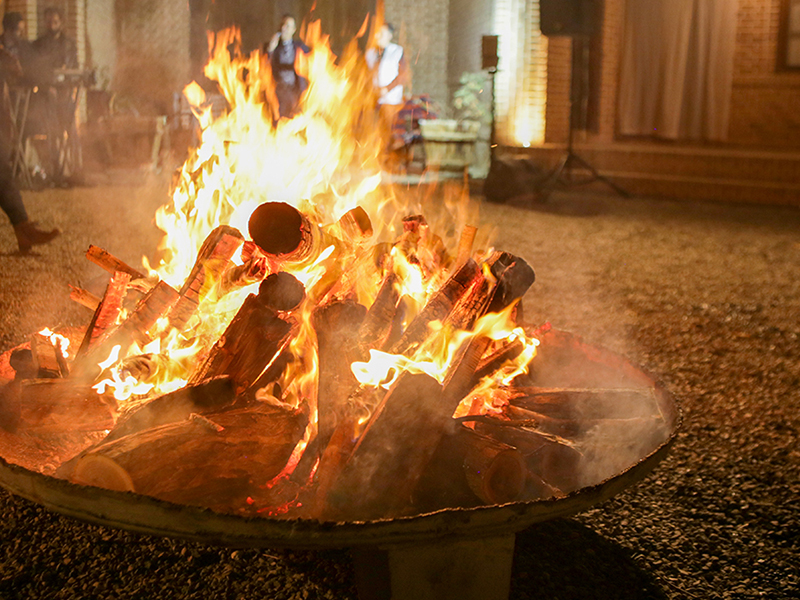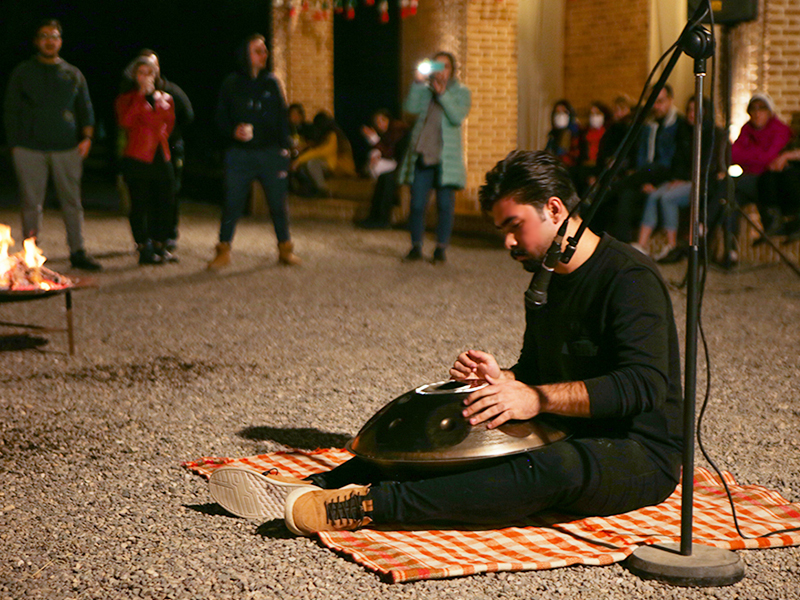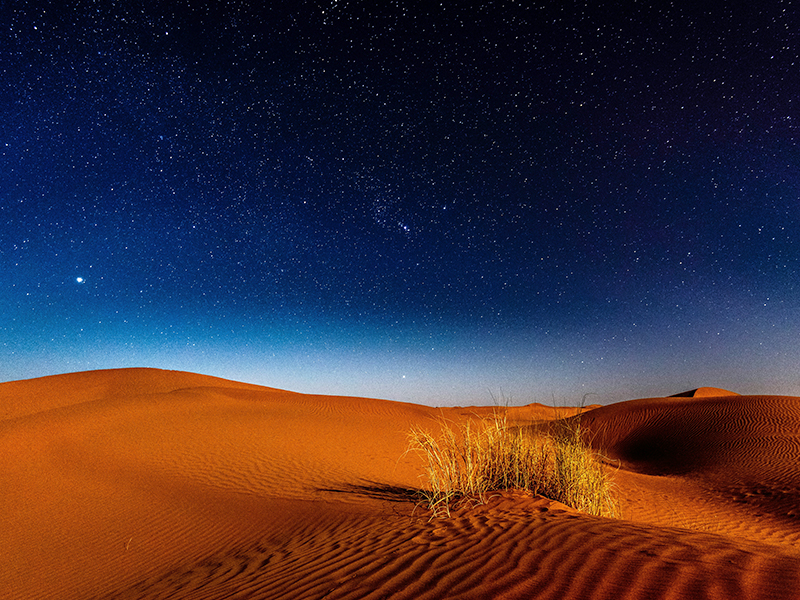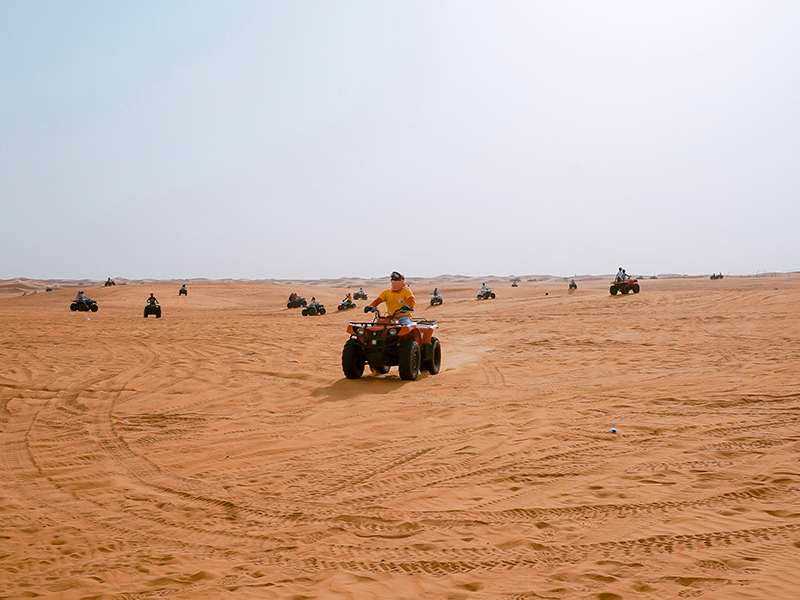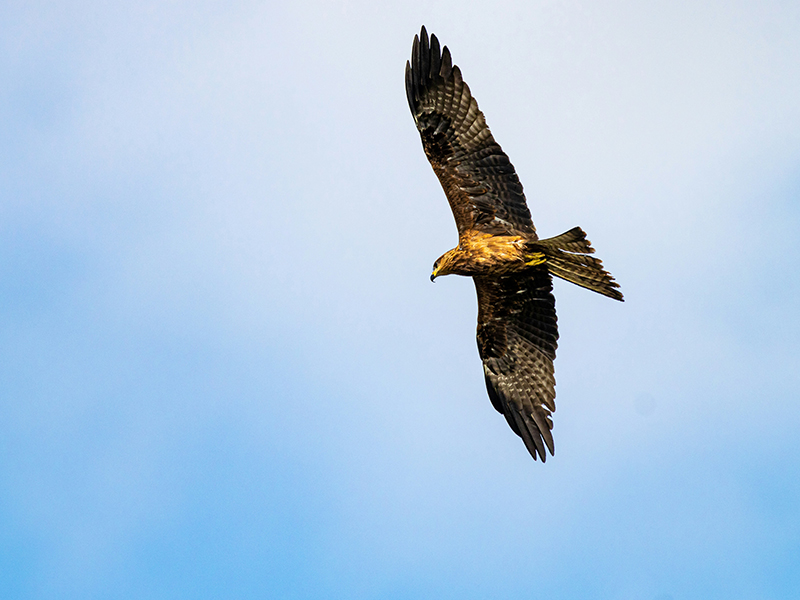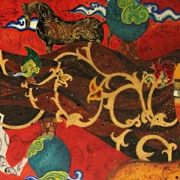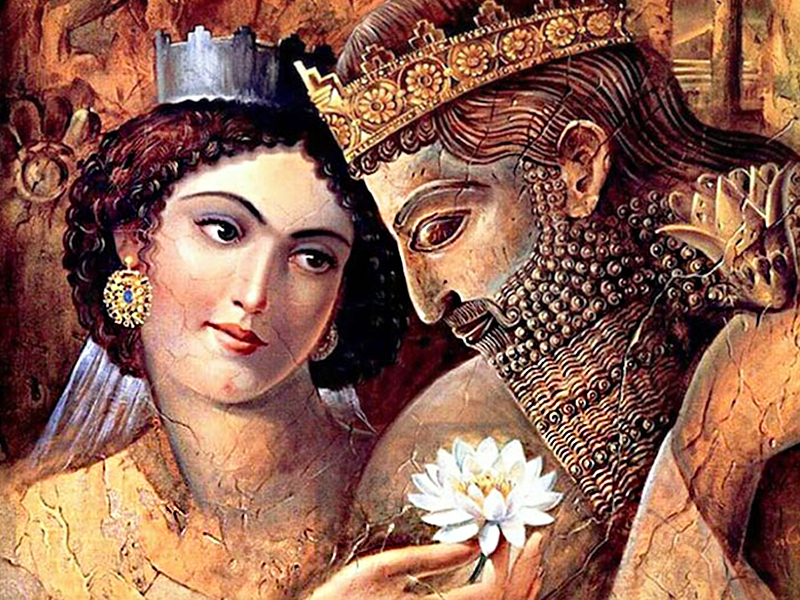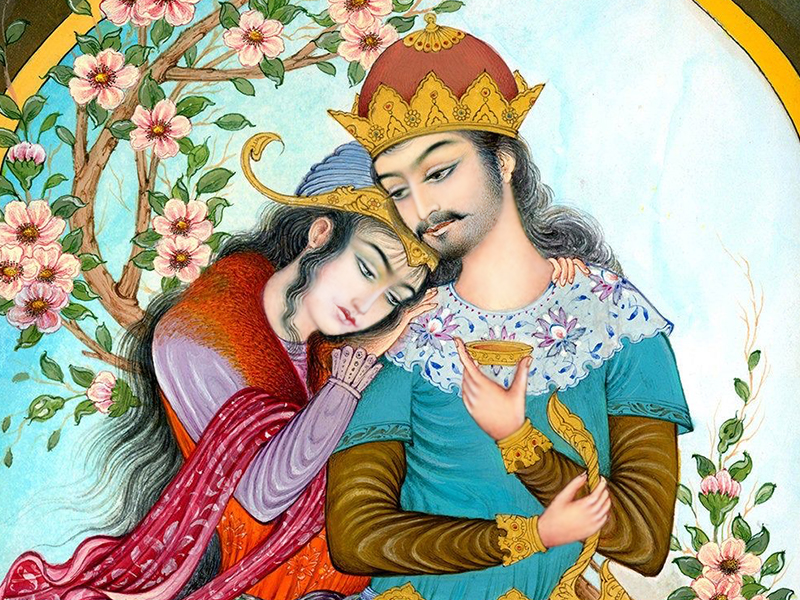Top Things to Do in Qom Province + Photos
Qom, located in central Iran, is a historical city in which several centuries of history are woven. This cultural city has many historical sites and places among which bazaars, traditional houses, and ancient mosques are the most popular ones and narrate stories about the architectural and cultural heritage of Iran. This city enjoys the presence of numerous seminaries and religious schools. Qom is also known as the “City of Scholars.” Millions of Shia pilgrims also flock to the city, particularly at religious occasions and anniversaries, from across Iran, Iraq, Bahrain, Lebanon, Azerbaijan, Pakistan, India, and many other countries. Here are the top things to do in Qom that make your trip to Iran a memorable one.
What State Is Qom in?
Qom is the capital of Qom Province, which is situated in central Iran. Qom Province is one of the 31 provinces of Iran, situated in the central part of the country. Qom province covers an area of approximately 11,237 square kilometers.
Tehran Province, Markazi Province, Semnan Province, and Isfahan Province are the neighbors of Qom Province from north, west, south, and east. The Qom city is situated 142 kilometers away from the south of Tehran.
The city is located on the banks of the Qomrud River. The area surrounding Qom is mainly a vast desert. Nevertheless, Qom, with a population of over 1.2 million people, is the second-largest city in Qom province.
Things to Do in Qom Province Iran
Qom is the central city of Iran, and the city has a lot to offer to its visitors. Visiting mosques, gardens, parks, and the old bazaar of the Qom are only some of the things to do in Qom province Iran.
Besides being beautiful and historical, these places are the main attractions of Qom Province and are considered free things to do in Qom province. In addition, we will explore the Places to visit in Qom and answer this question: Where to go in Qom?
Shrine of Fatima Masouma
The Holy Shrine of Hazrat Masoumeh, also called the Shrine of Fatima Masouma, is a sacred place of worship in Iran’s Qom city. It is among the major Shiia Muslim sanctuaries and pilgrimage sites in Iran. Fatima Masouma was an outstanding icon known for her devoutness, scholarship, and commitment to her religion.
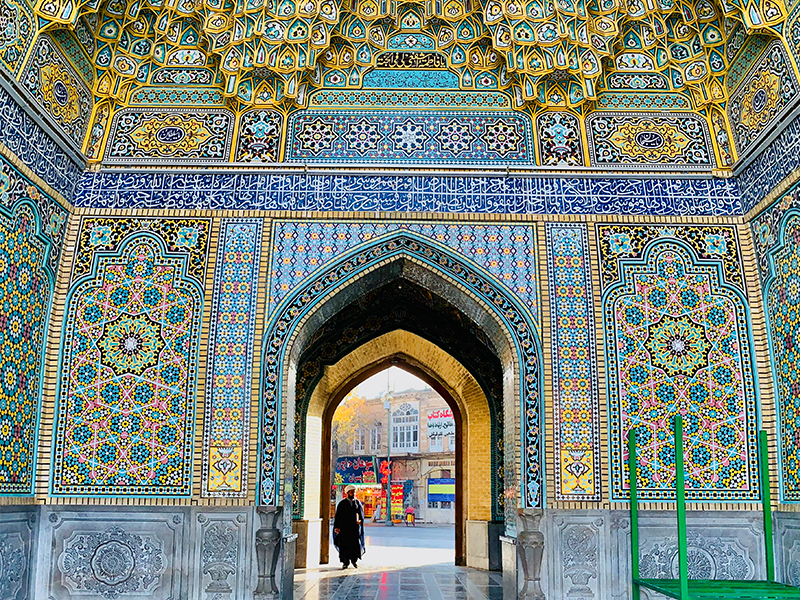
She died in Qom during the 9th century AD. Her memorial shrine was built to recognize this fact. Every year, millions of pilgrims come from within and without Iran to visit the shrine located at Fatima Mosque to respect their will, seek benedictions, and perform religious activities.
As a result, this shrine carries enormous spiritual significance for Shiia Muslims as it serves as a haven for them where they can always find solace and get motivated spiritually.
Jamkaran Mosque
The Jamkaran Mosque is an important religious site close to Qom, Iran. It is visited by Shi’a Muslims, who come to the mosque to light candles, say prayers, and ask for blessings. The mosque is based on the expectation of the return of al-Mahdi, the twelfth Imam of the Twelver branch of Shi’a Islam.
It is believed that when the savior appears, justice will be based on the universe. In the 9th century, it is said that al-Mahdi made an appearance at the Jamkaran Mosque. The well at the mosque is a particular feature of the complex since beliefs say that it is linked to an event in which al-Mahdi visited the well and left a shining light, marking his visit from a divine source.
Gonbad-e Sabz Garden
Many of the visitors to the Qom who are seeking free things to do in Qom province will enjoy this garden. Gonbad-e Sabz Garden is a historical and beautiful destination where visitors can enjoy both lush greenery and history at the same time.
Although Gonbad-e Sabz Garden, also known as Baq-e Sabz Garden, is a small place, it features three domes, which creates extra beauty for this location. The garden is situated in the east of Qom province, and there are three relics surrounding it that date back to the 8th century AH (in the Islamic Calendar).
For visiting Gonbad-e Sabz Garden, there are no entrance fees required, and this place is one of the top free things to do in Qom province.
Qom Old Bazaar
The Qom Old Bazaar is a historic marketplace. It is the city’s main shopping area and has been a central part of Qom’s identity for centuries. It dates back to the Safavid Empire era (16th-18th centuries), and though it has been added to and renovated over the years, it has kept its traditional feel.
The bazaar is made up of a maze of narrow lines and is filled with colorful stalls. It is sectioned off into different parts of the market depending on the type of goods. In other words, the place to go for textiles is separate from the place to buy clothes, and that’s different from where you find spices condiments, and so on.
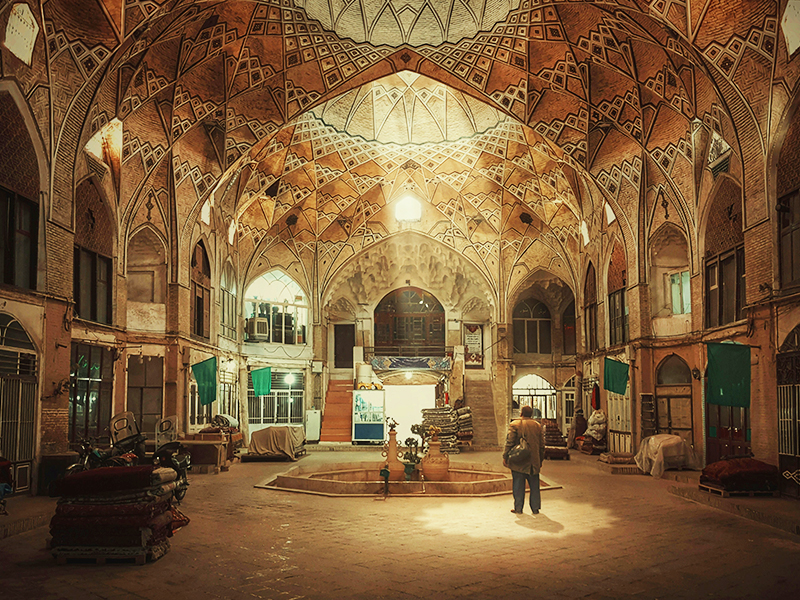
Visitors can shop for textiles, clothes, spices, handicrafts, jewelry, carpets, and traditional Iranian desserts.
Mehr-o Mah Complex
If you are tired of historical sites, Mehr-o Mah complex is the place to go. Mehr-o Mah complex is a tourist destination exactly located 10 km away from Qom City on the Qom-Tehran highway. One of the complex’s most stunning elements is the curving linear atrium that unites the building’s two stories.
This atrium visually unifies the whole complex and continues in one-story tiers, separating areas and eateries. Mehr-o Mah complex is super cozy, and its elegance and luxury can be seen in every part of its design.
Some of the top restaurants and high-end stores are situated in Mehr-o Mah Complex. You can consider this location as a good place to rest and enjoy the beauties of Qom and its super-end shops and restaurants.
Khezr Hill
Known as Kuh-e Khizr in Persian, Khezr Hill is a renowned natural attraction and a prominent landscape providing vistas of its surroundings. The hill is popular with both locals and tourists.
The name of the Khezr Hill originates from Khizr (also written as Khezr or Khidr), an Islamic figure who is honored in Islamic tradition as a spiritual guide and is thus associated with spirituality, knowledge, and wisdom.
There is folklore connected to Khizr, which speculates that the same was associated with the said hill, which therefore adds extra religious and cultural importance to the same.
Astane Museum
Situated near the Fatima Masouma Shrine, Astaneh Moqadass Museums is one of the oldest and most important museums in Iran. The diversity of this museum and its valuable collection of items are two highlights of this cultural site. The Astane Moqaddas Museums houses a wide range of collections, each of which is priceless in terms of historical value.
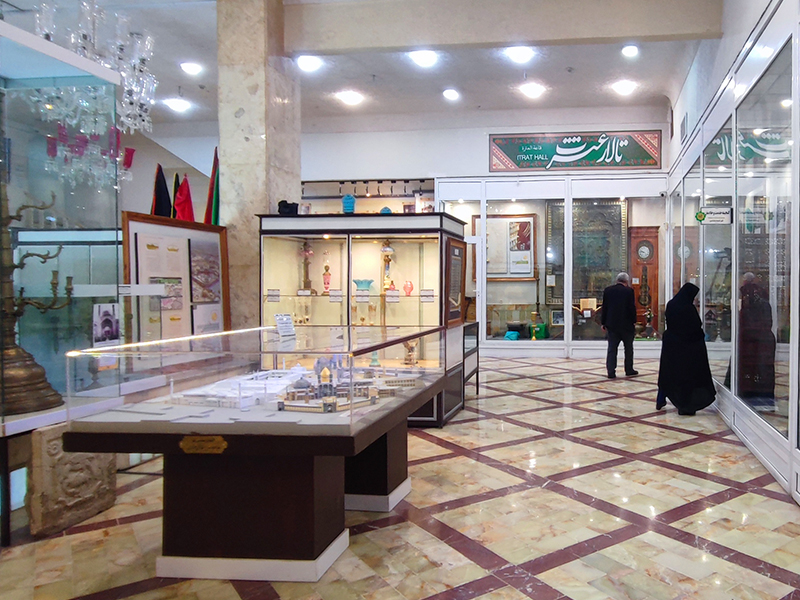
The collection of the Astaneh Museum is divided into different sections, which include Quranic verses, carpets and rugs, goldsmith shrines, wooden artworks, glassware, pottery, metal jewelry decorations, golden plaques, and ancient figures. Give this museum a visit if you are interested in the history, culture, and religion of the Iranian people.
Imam Khomeini’s House
Imam Khomeini’s House in Qom is a site of political and historical significance. He resided there for many years and used the house as a place to lecture, speak, and disseminate his ideas about government. Imam came to live in Qom and resided in the house where he began to teach and explain his ideas on Islamic government and social justice.
For scholars, activists, and followers who were inspired by his ideas and sought to challenge the legitimacy of the Pahlavi government, Imam’s house in Qom became a place of gathering. They fought for these ideas through the house, and the Islamic Revolution was prepared in the process.
Deyr-e Gachin Caravansary
Qom city is famous for its ancient and historical caravanserais. One of the notable caravanserais of Qom is the Deyr-e Gachin caravanserai, which is situated in the center of the Kavir National Park of Qom. One of the famous names of Deyr-e Gachin caravanserai is “Mother of Iranian Caravanserais” due to its unique qualities, and it’s one of the oldest caravanserais in the region.
The caravanserai has four iwans and occupies an area of roughly 12,000 square meters. This location is one of the reminiscences of the Sasanian era. The caravanserai is thought to have been built by Ardashir I, the founder of the Sasanian Empire, or Anushiruwān (Khosrow I).
Yazdan Panah House
Yazdan Panah House is a unique and charming destination that attracts visitors from all over the region for its cozy design and delicious Persian cuisine. Located in the heart of Qom, Yazdan Panah House is a complex from the Qajar and first Pahlavi periods.
This 19th-century building maintains its original beams and features contemporary ways to warm things up and showcases a unique and amazing picture of traditional Iranian restaurants.

Yazdan Panah House has great dining spaces with open and airy historical rooms. The menu of Yazdan Panah House consists of delicious items, and they are well-known for their unique tastes. The restaurant is open from 12:30 PM to 11:59 PM, seven days a week.
Kavir National Park
Another magnificent place to visit in Qom is Kavir National Park. Kavir National Park is known for its diverse landscapes and wildlife. Situated in the north of Iran, approximately 100 kilometers east of Qom, this protected ecological zone is a nature lover’s paradise.
The park encompasses desert and steppe landscapes and is often called “Little Africa” thanks to its safari-like wildlife. Native goats and sheep roam the area, and the park is also home to striped hyenas, Indian wolves, gazelles, Asiatic cheetahs, and Persian leopards.
Besides being a charming destination, Kavir National Park faces several challenges, such as excessive land use for cattle grazing and illegal hunting, which are currently being taken care of. In general, Kavir National Park is a beautiful place for desert safari travelers and people who want to spend their time in nature and enjoy the gifts of God.
Moreover, Namak Lake is situated near the Kavir National Park, making it a must-visit destination for tourists and travelers.
Hovz-e Soltan Lake
Hovz-e Soltan Lake is a large salt lake located in Qom Province, and it is on the list of the top tourist attractions in Qom. The Hovz-e Soltan Lake is one of the largest salt flats in the world, holding ecological and economic significance in the area.
The lake includes white salt crystals that cover its surface. This action creates a surreal appearance that is unlike anything else in the world. The outlook of this place makes it a lovely destination for film producers and photographers.
Overall, Hoz-e Soltan Lake is famous around the world, and the unique landscapes of this place are the real magnets for tourists.
Is Qom Worth a Visit?
Qom has its fair share of historical and architectural attractions. Attractions of Qom Province, including the Grand Mosque of Qom and other ancient mosques and traditional bazaars, reflect the city’s architectural heritage and are some of the popular places to visit in Qom.
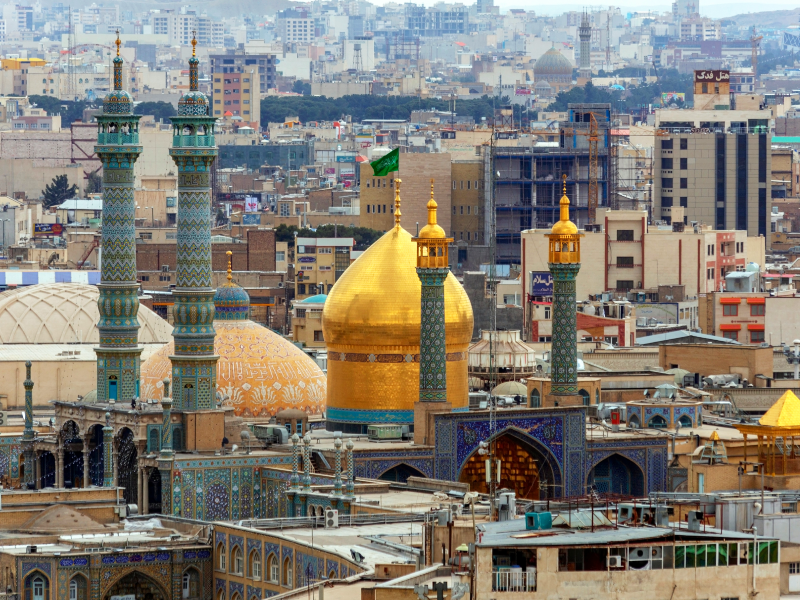
If you have an interest in religious and cultural heritage, especially in the context of Shia Islam, this city is worth visiting and provides Top Tourist attractions in Qom.
Moreover, the attractions of Qom Province are the main religious education and pilgrimage centers in the country, and the Shrine of Fatima Masumeh carries great significance in the eyes of Shia Muslims. Exploring the shrines, mosques, and seminaries offers visitors a unique view of the country’s religious traditions.
Final Words
Qom is important from both cultural and touristic perspectives. Qom is a major center for religious learning, considered to be one of Iran’s holiest cities, and has several notable tourist sites and attractions. In total, the religious and cultural significance of the Qom makes it a unique destination.
Qom offers a chance to observe religious pilgrimage, education, and practice, as well as to explore part of Iran’s cultural practices and religious rituals. It can be of interest to travelers curious about Iran’s religious and cultural traditions.
Are you planning to travel to Iran and looking for an Iran resort? Consider Matinabad Eco-resort.

